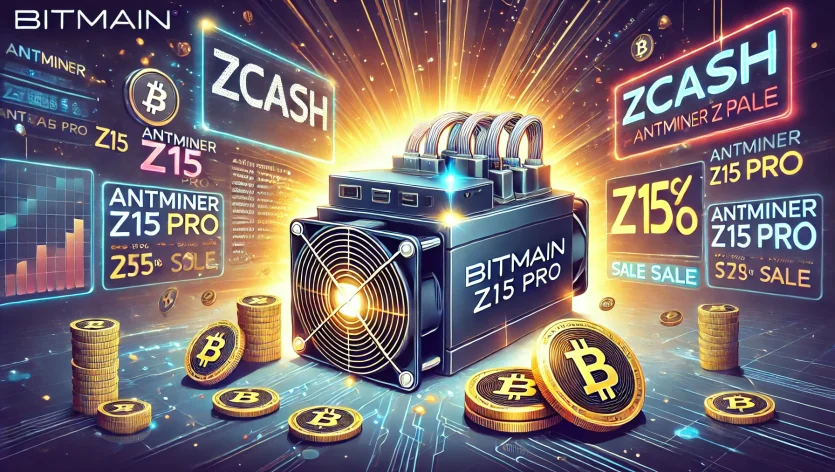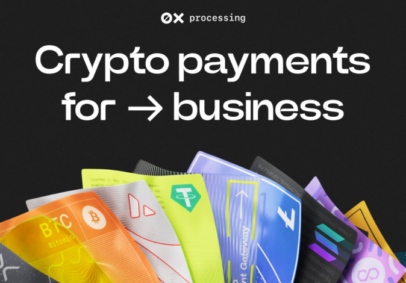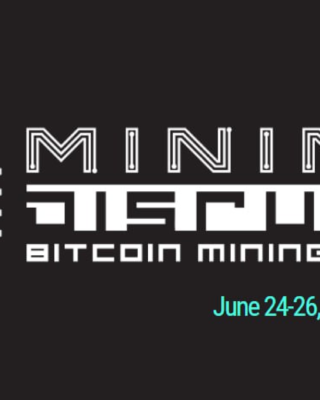| Miner | Hashrate | Energy Consumption |
Est. Reward |
Produced (24 h) |
Revenue | Daily Costs | Profit (24 h) | |
|---|---|---|---|---|---|---|---|---|
| Whatsminer M60 170 Th/s | 170 Th/s | 3400W | 0.000133 | 0.00013302 BTC | $9.00 | $8.16 |
$ 0.84
|
Buy |
| Antminer S21 200 Th/s | 200 Th/s | 3550W | 0.000156 | 0.00015649 BTC | $10.59 | $8.52 |
$ 2.07
|
Buy |
| Antminer S21 Hyd 335 Th/s | 335 Th/s | 5360W | 0.000262 | 0.00026212 BTC | $17.73 | $12.86 |
$ 4.87
|
Buy |
| Whatsminer M60S 180 Th/s | 180 Th/s | 3150W | 0.000141 | 0.00014084 BTC | $9.53 | $7.56 |
$ 1.97
|
Buy |
| Antminer T21 190 Th/s | 190 Th/s | 3610W | 0.000149 | 0.00014867 BTC | $10.06 | $8.66 |
$ 1.40
|
Buy |
| Antminer Ks5 Pro 21 Th/s | 21 Th/s | 3150W | 299.524416 | 0.00080408 BTC | $54.43 | $7.56 |
$ 46.87
|
Buy |
| Antminer S21 Pro 234 Th/s | 234 Th/s | 3531W | 0.000183 | 0.00018309 BTC | $12.39 | $8.47 |
$ 3.92
|
Buy |
| KAS KS5L 12 Th/s | 12 Th/s | 3400W | 171.159537 | 0.00045948 BTC | $31.10 | $8.16 |
$ 22.94
|
Buy |
| Antminer L9 16 Gh/s | 17.6 Gh/s | 3260W | 0.05978 | 0.00006283 BTC | $4.25 | $7.82 |
$ -3.57
|
Buy |
| KS5M 15 Th/s | 15 Th/s | 3400W | 213.948285 | 0.00057435 BTC | $38.88 | $8.16 |
$ 30.72
|
Buy |
The increasing complexity has led to the fact that it has become virtually impossible to mine coins on your own and make a significant profit at the same time. As a result, a crypto mining pool – combining the power of several participants who joined the mining of cryptocurrency – appeared.
Since cryptocurrency mining is a business, the main goal is the return on investment that was made in the equipment, as well as the profit from the process.
In simple words, it is a server that distributes tasks among all the equipment it contains. Each user is busy looking for solutions for his algorithm, regardless of what the others are doing.
To make money, you need to connect your power to it and start working together with the other participants. In the process of finding blocks, the reward is accrued, which will be distributed among all the miners. Do not forget about the fact that each pool charges a commission, the amount of which varies between 0.5% and 4%.
Choosing a top mining pool today is somewhat complicated by the fact that there are already quite a large number of them. Large and smaller, with different payment options and the number of available coins. Many users, especially beginners, find such a choice difficult.
Let's speak about the main criteria we need to check. There are the parameters that will ultimately affect the result of the work and the safety of the miner's funds.
- Remuneration and payouts. It is a key parameter that affects profitability. The process itself is automated and depends on settings.
- The payout threshold. It is the minimum number of coins you will have to earn to go to your wallet. Also, there are the time frames in which they send the funds to the miners.
- Payments. Miners pay transaction fees and transaction fees to the coin networks.
- Remuneration. It is what makes up the earnings of participants. Each compensation scheme has its pros and cons.
- Solo. It is the oldest method of calculating remuneration. The reward per block is credited only to one person.
- PPS. A model in which payments are provided per each block received by the pool – a piece of work to sign a block (hence the name Pay Per Share). With this method, the cost of the part is determined and depends on the complexity of the network, the reward, and the power. Due to the change in figures, sometimes participants and sometimes the pool itself are on the plus side. This payment principle will be of interest to people with small capacities.
- PPLNS. The method charges a fee using a decreasing factor of 0 to 1, which increases in proportion to the number of balls sent. The pool pre-specifies the value after which the reward will be credited in full. There is also "compensation" here: payouts also decrease gradually after disconnection.
- Pay Per Last N Shares method stimulates to mine of cryptocurrency uninterruptedly. Can help persons whose computing power is medium and above.
- FPPS (The Full Pay-per-Share). Is a more advanced variant of the previous method. Here the pool adds a transaction fee to the payments. As a result, the income increases by 10-20%.
- PPS+. A combination of the previous two methods. There is a fixed block reward, as in the case of PPS. But the distribution of commissions is by the PPLNS method. This method is more profitable than the usual PPS.
Not so long ago, the top coins could not do without Ethereum, but after it transitioned to the new algorithm, the community had to switch to other assets.
Before we talk about what exactly now allows us to provide the best result, let us note that forecasting in the crypto-sphere is an extremely complicated and not always effective task. The market is too volatile and everything can change literally in a second.
So, the top 5 cryptocurrencies to mine with asics:
- BTC. The leading position ensures its place in the ranking. Despite the decline in value, bitcoin is still the most sought-after coin because of its value, which exceeds the price of altcoins many times over.
- Ethereum Classic. A coin with a high level of network security, but its profitability can be reduced because of the increase in the number of machines.
- Ravencoin. The network of the coin has a resistance to asic, which prevents the complexity to grow dramatically and quickly. At the same time, the network has good and fast scalability. Suitable collective work. Also, note that settings can be tricky for newcomers.
- Litecoin. One of the oldest cryptocurrencies, interest in which is growing very fast now. A high level of protection and anonymity arouses interest from regulators. Also, the coin requires powerful equipment.
- Dogecoin. It has low complexity and, consequently, low competition among communities. Transactions are fast enough. However, mem-token is not used in large and serious projects.
As a rule, the choice of a coin is based on its value, liquidity, and difficulty. However, one should not forget that the most expensive and promising assets will also attract others, which will increase the requirements for obtaining them.
When choosing the most profitable mining pool, it is important to examine the criteria we wrote about above. You should also decide on the coin that you want to mine. Some other parameters will be helpful to you when choosing.
- Reputation. Usually, the best pools for mining provide open information. Organizer data, reviews, results - all of it can be easily found and reviewed. In the case of honest work mining pool website has nothing to hide.
- Ping. Means the speed of response. The higher it is, the less effort the miner wastes, and the more efficiently the information is processed.
- Working around the clock. If it is not running 24/7, it leads to wasted energy and higher production costs.
- Server location. The larger the area covered as a result, the more efficient the operation will be.
Before you join a mining pool from the list and generally start, it is important to build a business model that reflects all the necessary calculations and results. To do it, you can use a hash rate calculator. You can use it to see the miner profitability by entering the value of the coin, the cost of electricity, the performance of the equipment, and the commission.
To see the mining stats, you can refer to a special resource like miningpoolstats.com. There you will be able to see the statistics depending on the coin.
The overall rating can be made based on their hash rate (as a percentage), i.e. the power they have. The mining pool stats will be as follows:
Speaking of such ratings, we should also mention the profitability of the best mining pools. This indicator is important, but it varies considerably depending on several factors. In particular, it is influenced by the hashrate and the reward system adopted.
In general, the calculation of the profitability of any component when it comes to cryptocurrencies is rather tentative. This is due to the strong dynamics and volatility of the market, which only increases during crises.











